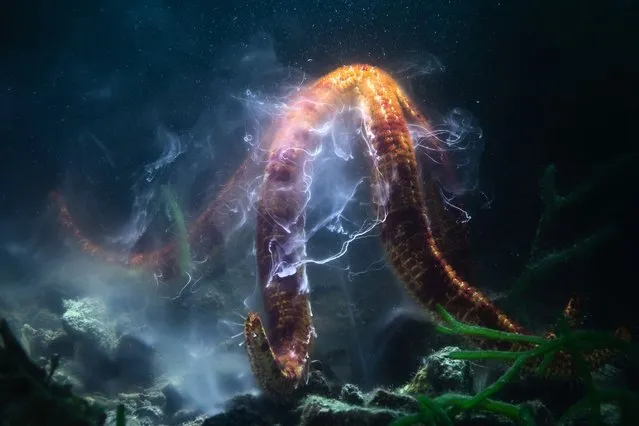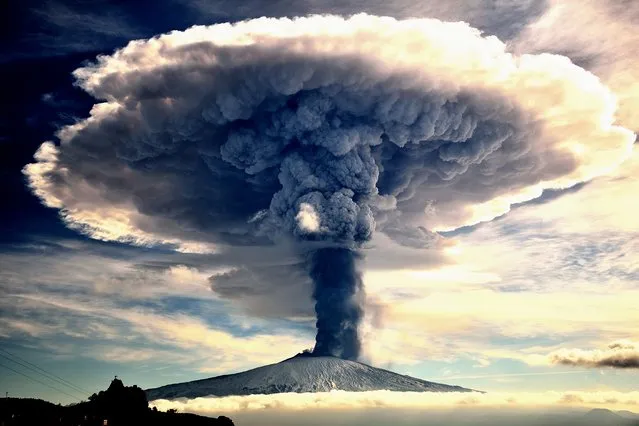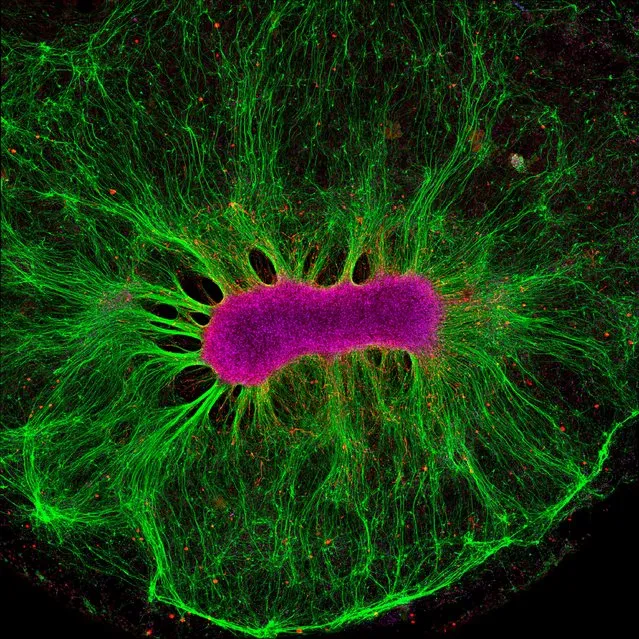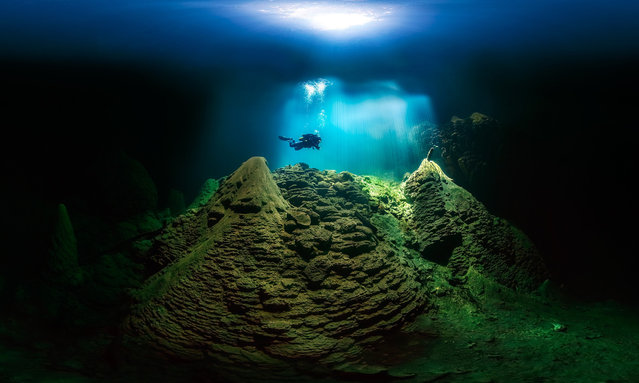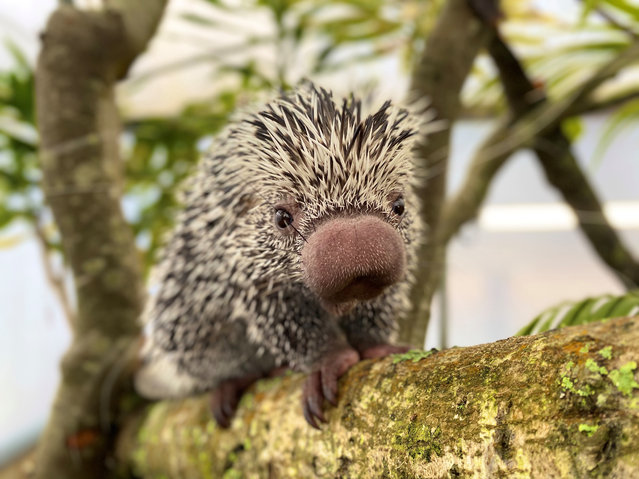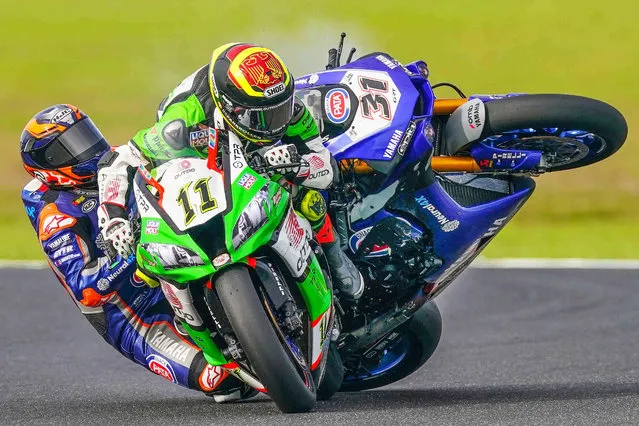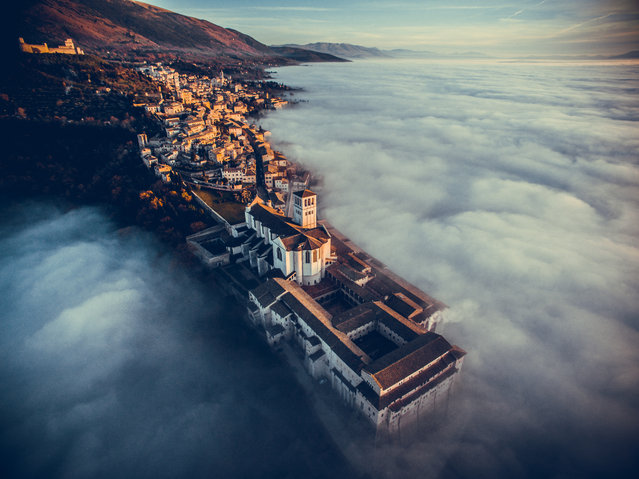
The winners in the third annual drone photography awards have been announced. Organised by the social network Dronestagram, the competition attracted more than 6,000 entries from amateur and professional drone enthusiasts across the world. Here: First place in the travel category went to the Basilica of Saint Francis of Assisi in Italy. (Photo by Francesco Cattuto)
14 Jul 2016 09:33:00,post received
0 comments

